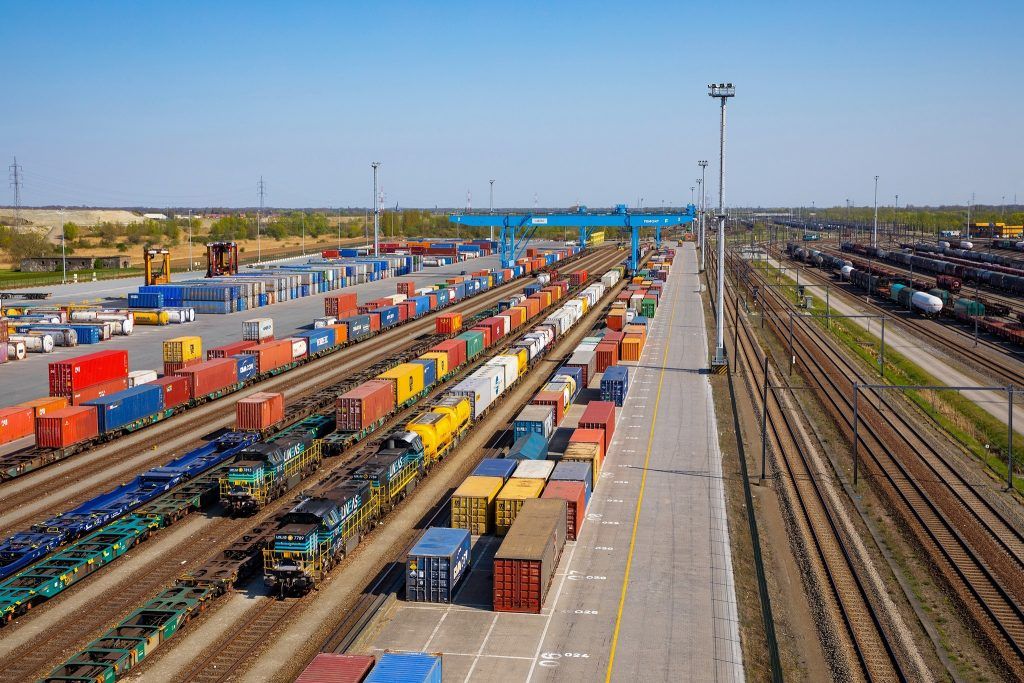Freight transport is an essential component of the European Union’s economy and the formation of a continent with a unitary and connected infrastructure. A change in the way in which volumes of goods are transported has become a milestone for the entire system that must rely on sustainable modes of transport, which in turn require additional capacity to be able to accommodate the high percentage of road traffic. In addition to the expansion of the infrastructure that must cope with such a modal change, there is a need to provide facilities to receive the goods and distribute them to the two modes of transport that will be the core – railway and inland waterway. In other words, terminals are concerned, which, in turn, must be expanded both at the level of the capacity of the existing ones, and as a network. That means an increase in the number of terminals. In addition, the activities in the terminals are carried out by transhipment technologies, which in turn are divided into often or little used, high-performing or less-performing solutions. A report published by the European Commission selects and analyses a series of such technologies and types of loading to highlight their potential within the TEN-T network.
by Pamela Luică
The freight transport and logistics sector generated a gross added value of EUR 675 billion representing 5% of the total GDP of the European Union and it is estimated that this segment is responsible for about 30% of CO2 emissions from transport.
In 2019, EU product trade recorded a surplus of EUR 197 billion and went up by EUR 152 billion compared to 2018.
Read the full article
Share on:




